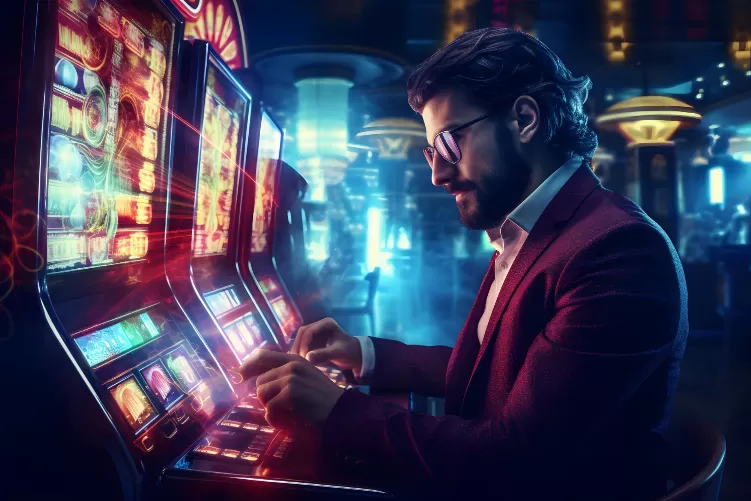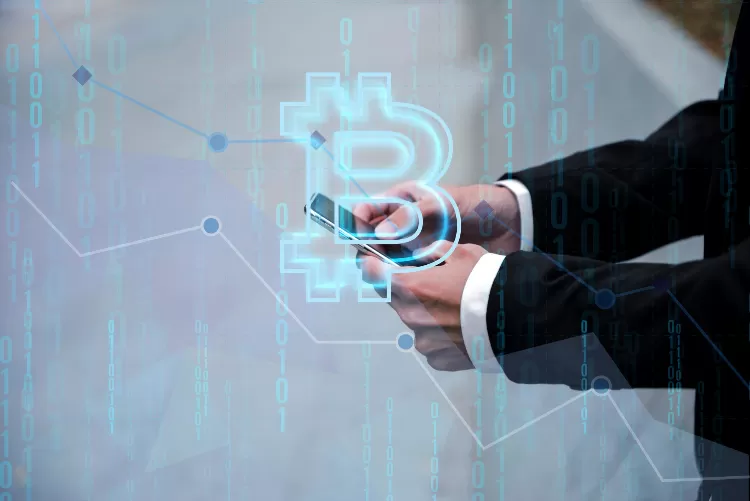As the technology becomes more widespread, educational institutions are increasingly adopting VR to enrich learning possibilities. Students are no longer restricted to traditional textbooks for educational content. They can virtually journey to remote places, observe scientific principles in action, delve into biological systems, and even participate in historical events. Let's examine how VR could shape future educational experiences and the areas where it may find application.
The Overall Advantages of VR Tech in Educational Settings
Firstly, let's discuss the general advantages of implementing VR tools in educational contexts. These are some of the key advantages to consider before examining specific applications.
Engagement
VR captivates the attention of students by offering an experiential type of learning that distinguishes itself from conventional methods. The enveloping nature of VR makes the educational process more pleasurable and unforgettable.
Active Participation
Students shift from being mere spectators to active contributors. They can manipulate virtual items, make choices, and witness the outcomes, thus deepening their understanding of the subject matter.
Enhanced Memory Retention
Experiences within VR generally have a greater retention rate when compared to traditional lecture formats. When learners engage multiple senses, the material becomes more memorable.
Practical Context
VR serves as a bridge between abstract theories and real-world implications. Students can visualize how theoretical principles unfold in real-life situations, thereby sharpening their problem-solving skills.
Inclusiveness
VR caters to a range of learning styles and capabilities. The technology can be tailored to offer immersive experiences that align with individual learner preferences.
Safe Exploration
VR affords a regulated setting where students can experiment, err, and learn without the fear of real-world repercussions. This is especially beneficial for disciplines that involve risk or hazards.
Virtual Excursions
VR can virtually transport learners to diverse locations across the globe, such as historical monuments, natural landmarks, or centers of cultural significance. For example, students studying history can virtually navigate ancient Greek ruins, while those in geography can scale virtual peaks or explore underwater worlds. This removes geographical limitations, enhancing engagement and inclusivity in learning. Moreover, students can also supplement their knowledge through services like myessaygeeks. But the learning experience in VR is just much more exhilarating!
Biological Sciences
In traditional learning environments, understanding complex biological structures often relies on static visuals and diagrams. With VR, students can navigate intricate 3D models of bodily organs, cells, and living organisms, even dissecting them virtually for better comprehension of their functions and interconnections. They can also review customer reviews of my essay geeks and order research assignments to augment what they've discovered in VR.
Scientific Simulations
VR enables students to undertake experiments that would otherwise be too hazardous or costly in a physical lab setting. For example, students in chemistry can combine virtual chemical compounds without worrying about safety issues, while those in physics can study object behavior in varied settings, thereby deepening their grasp of theoretical constructs.
Historical Recreations
VR makes history tangible by faithfully reconstructing historical scenes and settings. Students can experience seminal moments, such as the signing of pivotal treaties or military confrontations, as though they were actually there. Such immersive engagement allows for a deeper emotional connection and a more nuanced understanding of historical contexts.
Language Acquisition
VR provides a lifelike backdrop for language learning. Students can converse with virtual characters that mimic real-world conversations. They can practice oral and auditory skills as well as non-verbal cues in a variety of scenarios, thus fast-tracking their language proficiency and self-assurance.
Engineering and Architectural Design
VR facilitates learning in engineering and design by allowing students to create, assess, and refine prototypes within a virtual framework. Architecture students can traverse their virtual designs to identify imperfections and implement changes prior to actual construction. Engineering students can simulate how structures react under different conditions, aiding them in intuitively grasping intricate concepts.
Specialized Education
VR can be notably useful for learners with disabilities. It offers individualized learning experiences adapted to specific needs and learning modalities. For instance, visually impaired students can leverage VR to explore their surroundings using auditory and tactile indicators, thus enhancing their world comprehension.
Art and Creativity
Virtual reality extends the possibilities for artistic expression. Students can create three-dimensional sculptures, immersive paintings, and interactive installations. They can step into their own artworks, gaining new perspectives on their creations and pushing the boundaries of their creativity. In fact, VR arts can even help them make money in college by creating and selling crafts, digital or handmade.
Digital Labs
Virtual labs serve as a secure and cost-efficient substitute for traditional laboratories in disciplines like chemistry, physics, and biology. Learners can manipulate digital substances, observe reactions, and grasp intricate scientific theories without the need for physical resources or concerns over safety.
Skills Training
VR is increasingly being employed for trade and professional education. For example, medical students can rehearse surgical techniques virtually before operating on actual patients. Aspiring pilots can simulate flights, and future mechanics can familiarize themselves with intricate repairs, all within safe virtual environments.
Final Thoughts
VR technology offers an abundant range of benefits to both learners and educational institutions. It furnishes a secure and readily accessible medium for learning, practicing, and experimentation. As a result, it narrows the divide between abstract theory and practical application, while boosting students’ enthusiasm and interest in their chosen fields of study. The prospect of VR in the educational sector is indeed bright, and it remains to be seen how it will evolve further.
Author John Milovich






